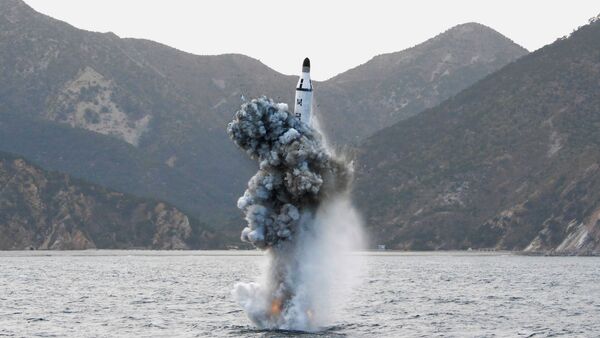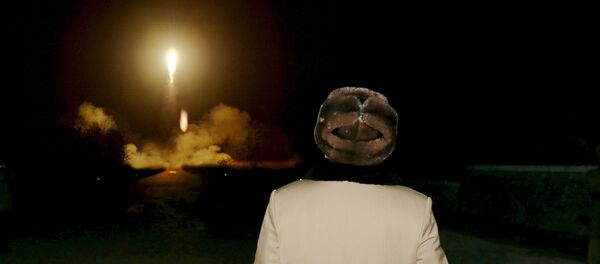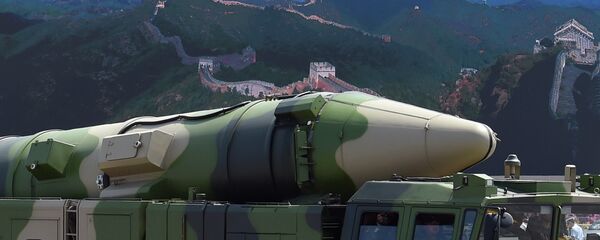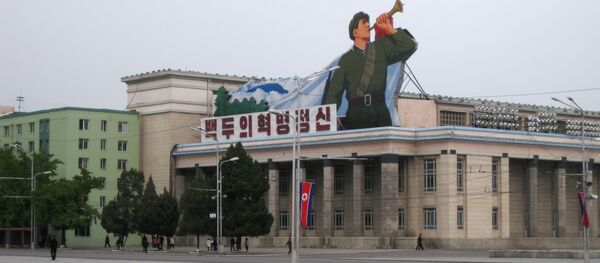On Wednesday, Pyongyang conducted the latest in a series of missile tests, launching a projectile from a submarine in the Sea of Japan. North Korean leader Kim Jong-un called the test a success.
"[North Korea] joined the front rank of the military powers fully equipped with nuclear attack capability," he said.
A new report, by the US Korea Institute at the Paul H. Nitze School of Advanced International Studies at John Hopkins University, appears to agree.
"North Korea conducted what appears to be a successful test of a Bukkeukseong (Polaris-1, KN-11) submarine-launched ballistic missile (SLBM)," reads the report, posted to 38 North. "This was the third test of the KN-11 this year alone and the most successful to date."
The report also suggests that if North Korea’s ballistic missile progress continues, it could strike regional targets in just a few years.
"The North is demonstrating a nascent capability to strike at South Korea with an SLBM, thereby complicating ballistic missile defense planning and operations," the report reads.
"Assuming the current rate of development, while North Korea still faces significant technological challenges including building a new class of submarine to carry the missile, it is on track to develop the capability to strike targets in the region – including Japan – by 2020."
These SLBMs, with a range of roughly 1,800 miles, would be an addition to the Pyongyang’s existing stockpile of Nodong missiles, that have a range of approximately 800 miles.
Missiles, of course, are only half of the equation. According to Takushoku University professor Hideshi Takesada, North Korea needs four SLBM-capable submarines in order to deploy successfully. The North is already in possession of one Romeo-class submarine, and is building others, according to Takesada, speaking to The Japan Times.
This fleet will likely be ready in 2020.
Takesada claims that Pyongyang’s range could stretch even further than Japan. With submarine capabilities, the North could, in theory, attack Hawaii.
Since the start of this year, North Korea has been at the center of international attention in view of its active missile testing. Pyongyang’s January nuclear test and a long-range rocket launch in February resulted in the tightening of sanctions against North Korea in a new UN Security Council resolution adopted in March.





